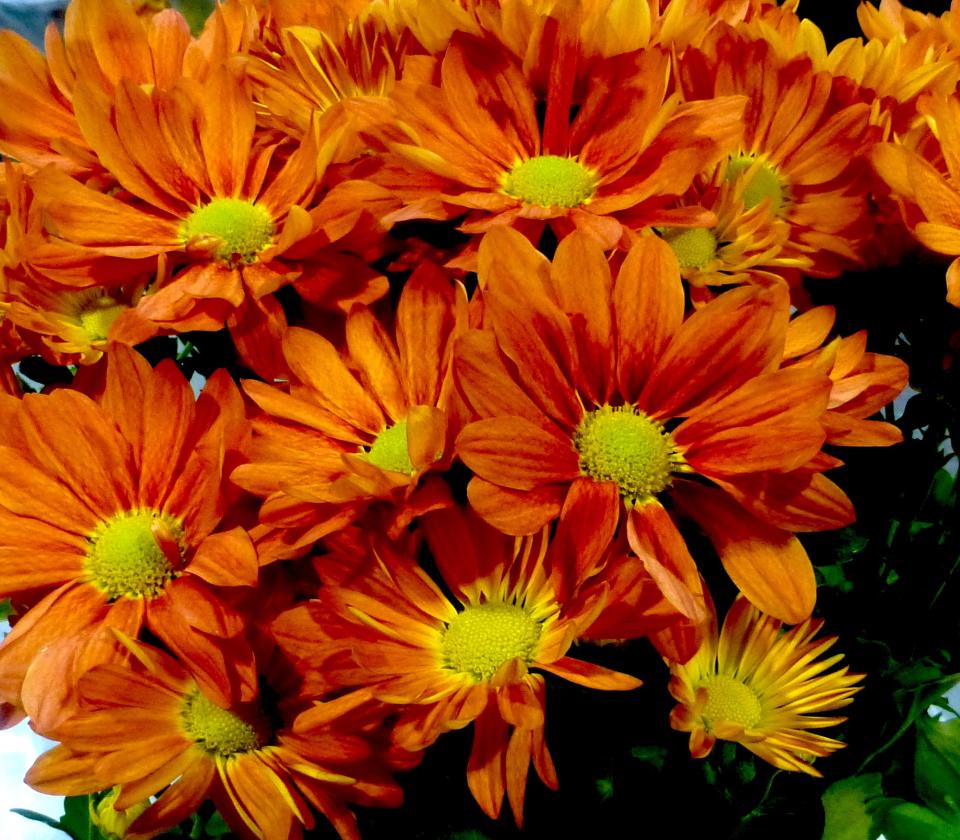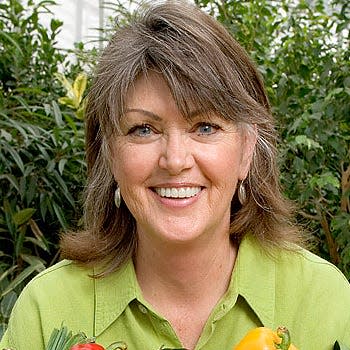Gardening for You: September equinox affects gardening
Our brutal summer is finally coming to a close with the arrival of the September or autumnal equinox. The September equinox is the astronomical end of summer and the first day of autumn.
This year the equinox falls on Saturday, Sept. 23, at 1:50 a.m. CDT, as the sun moves north to south crossing the celestial equator, the imaginary line in the sky above Earth’s equator.

The name equinox comes from the Latin aequus that means equal and nox, night. At the equinox, days and nights are nearly equal in length for everyone across the globe. Lubbock will not have exactly 12 hours of daylight and 12 hours of night but days are shortening and nights are lengthening.
The length of daylight and corresponding dark hours have significant roles in gardening as very small changes in the daylength triggers profound changes in many crop plants.
The phenomenon of light and dark internal clocks affecting plants is called photoperiodism. Photoperiodism is a physiological response of plants to photoperiods, the length of light hours versus the length of dark hours.
How plants sense and respond to changing photoperiods is a much-studied discipline in plant physiology. Careers are spent in understanding the incredibly complex developmental processes that can be triggered by the amount of light or dark. Here in a few paragraphs is a tremendously condensed explanation of photoperiodism.

Within the intricacies of plant cells are embedded specific protein molecules called photoreceptors. The function of these photoreceptors is to monitor and interpret the amount and quality of light being received by the plant, hence the term photo, light, and receptor, molecules receiving light.
Photoreceptors signal to the plant when to modify developmental responses. Some of these responses are dormancy initiation, seed germination, bulb or tuber initiation and formation, and flower initiation.
All of these responses have significant consequences in gardening, especially the plant species that flower only under specific conditions and at certain times of the natural growing season.
Now, back to the September equinox and its connection to photoperiodism. In the autumn, as light periods shorten and dark periods lengthen, some plants will initiate the flowering response naturally. Photoperiodic conditions can be induced artificially in controlled environments to mimic nature; such practices are routine in the horticulture industry.
Examples of common plants that flower only when light periods are shorter than the dark period are Kalanchoe, chrysanthemum, and poinsettia.
Chrysanthemum is the iconic autumn flower. The photoperiod for blooming in chrysanthemum is long nights and short days, the conditions that exist following the September equinox.
A flowering hormone complex known as ‘florigen’ triggers the induction of vegetative growth to floral tissue. After several weeks of long nights, a cascade of physiological changes occurs and floral buds become well differentiated and develop into flower buds. Chrysanthemums need eight weeks of this photoperiod for optimum blooms, which is why gardeners can enjoy the beauty of chrysanthemums in the fall.
Ellen Peffley taught horticulture at the college level for 28 years, 25 of those at Texas Tech, during which time she developed two onion varieties. She is now the sole proprietor of From the Garden, a market garden farmette. You can email her at gardens@suddenlink.net
This article originally appeared on Lubbock Avalanche-Journal: Gardening for You: September equinox affects gardening

